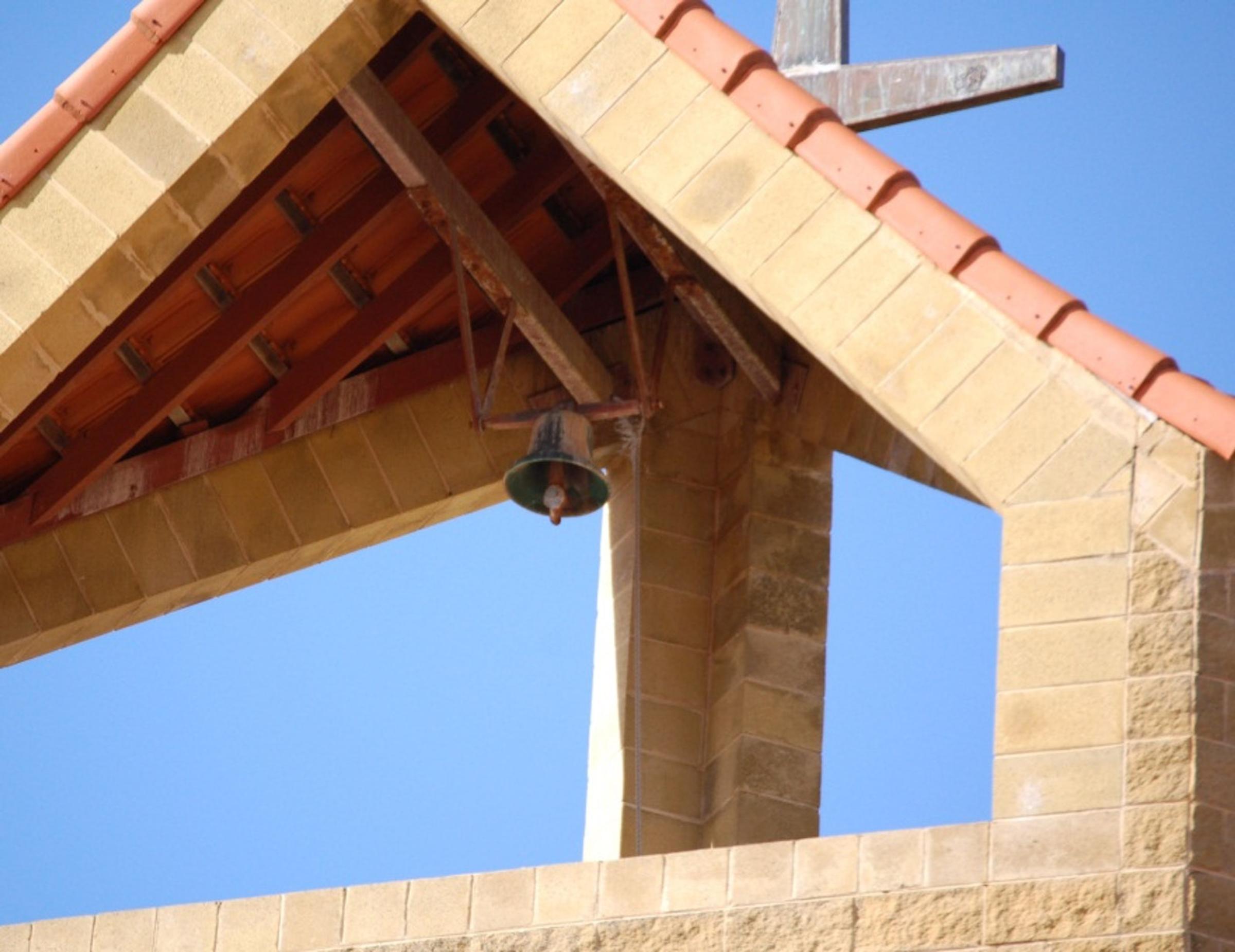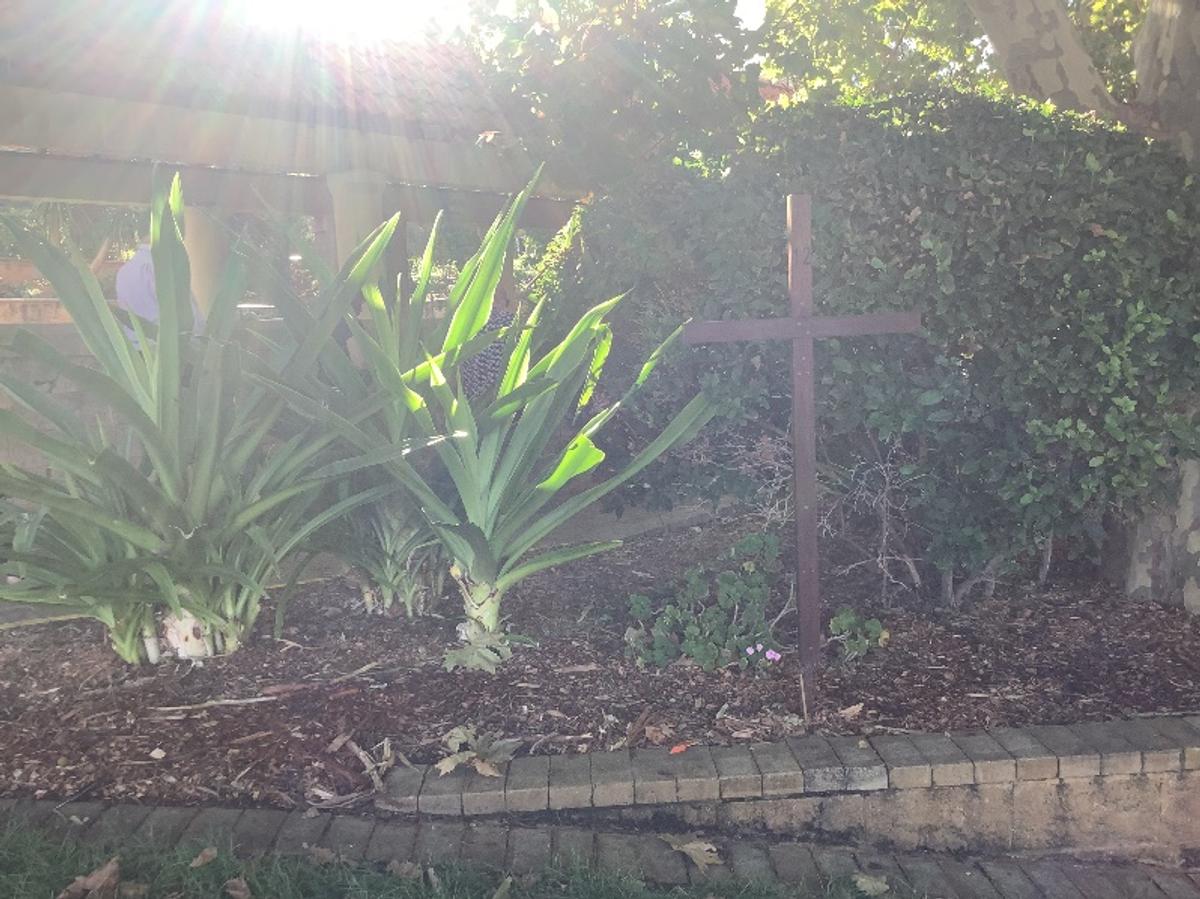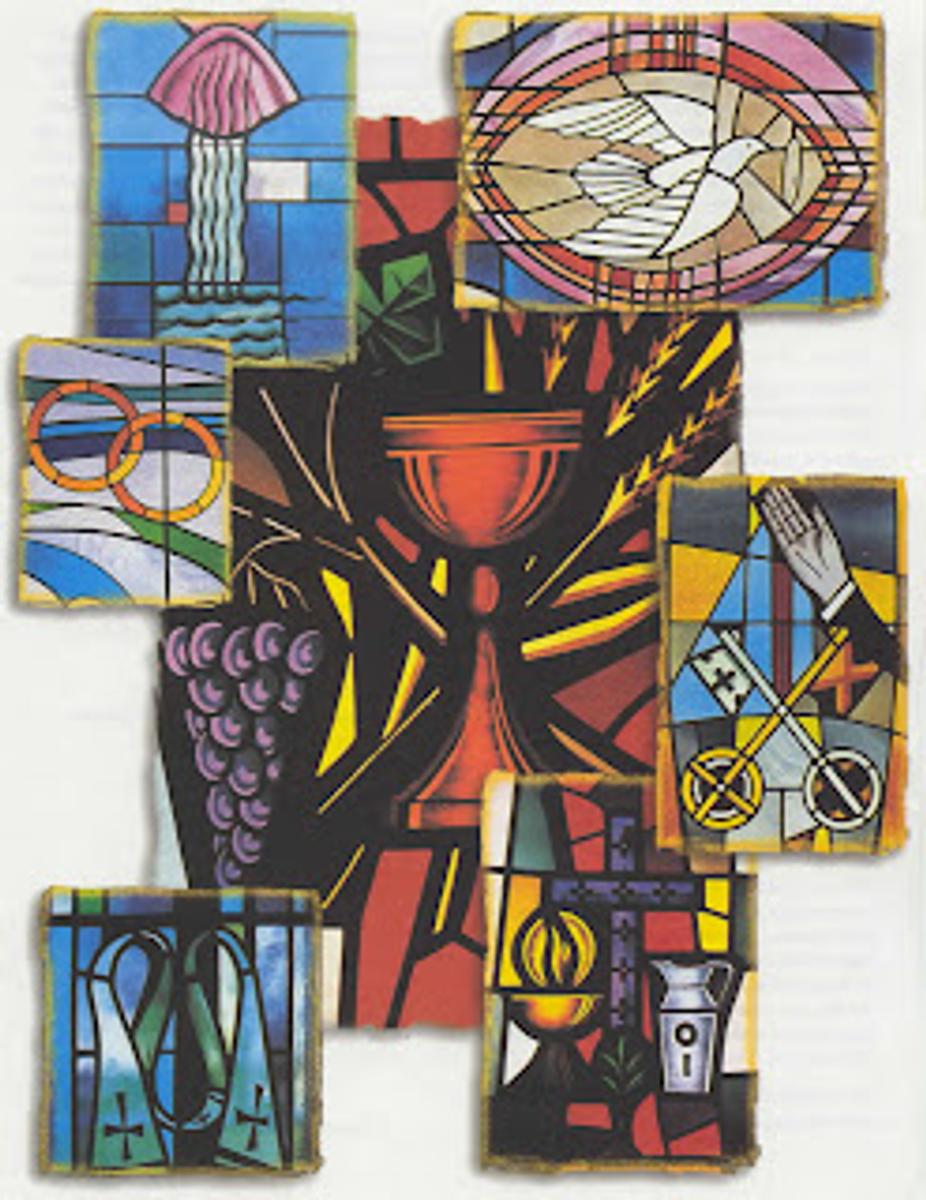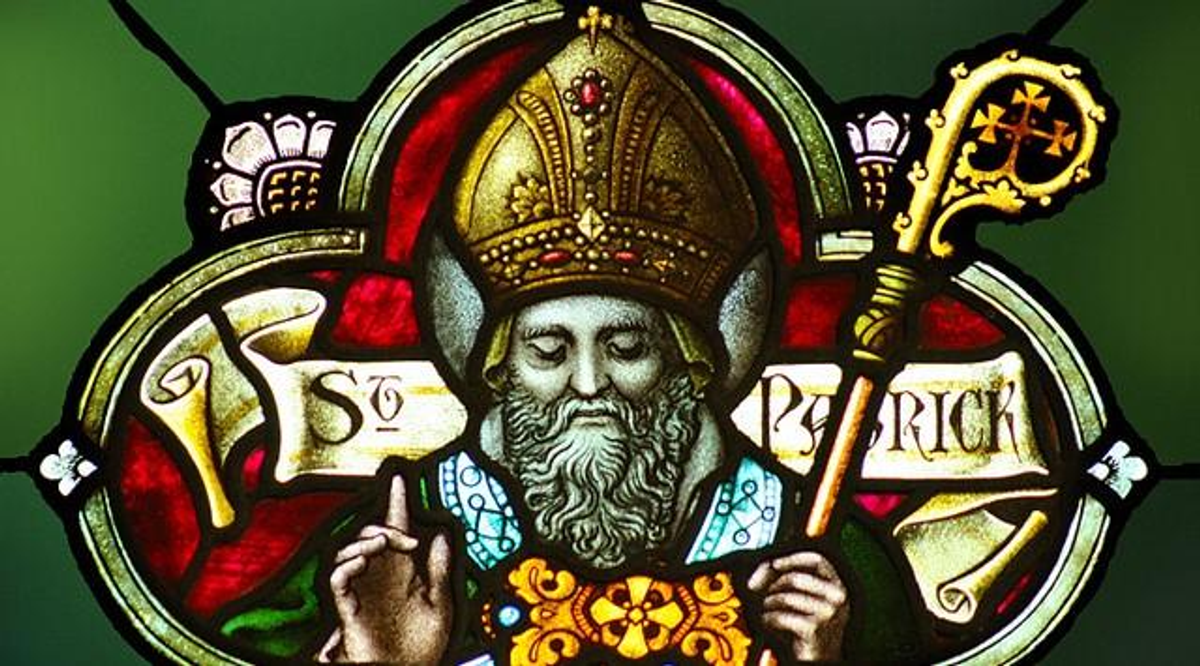Faith and Mission

Slavery Free Chocolate
As Easter approaches, many Australians are gearing up to indulge in the tradition of sharing and enjoying chocolate treats. However, it's essential to be mindful that not all chocolate comes without a cost. Some of the chocolates we enjoy during this season are produced under conditions that exploit children, jeopardising their health, education, and even their freedom, particularly in the West African region where cocoa beans are harvested.
The sad reality is that many children in this region are forced into labour to meet the demand for chocolate worldwide. The good news is that we, as consumers, have the power to make a difference. We can choose to be either part of the problem or part of the solution.
In his wisdom, Pope Francis reminds us that purchasing is more than just an economic act; it is a moral decision. He emphasises that when it comes to modern slavery, no one can remain indifferent without becoming, in some way, complicit in this crime against humanity.
The encouraging news for us in Australia is that we now have more choices than ever before. Reputable brands are committed to ethical practices and positive outcomes for both people and the planet. While certification is not the sole measure of a brand's commitment, it serves as an indication of their dedication to better standards.
When making your next chocolate purchase, look for logos such as Fairtrade, UTZ, or Rainforest Alliance. These symbols signify a commitment to responsible and ethical cocoa sourcing, contributing to a world where our sweet indulgences do not come at the expense of the well-being and freedom of others. Let us make informed choices and be a part of the solution this Easter season.
Janeen Murphy
Deputy Principal Faith and Mission
Way of the Cross
During the season of Lent, crosses have been placed in various points around the campus, to form the ‘Way of the Cross’. Although the crosses are numbered 1-14, people are free to choose just a few, or even just one for their own personal reflection. There is no ‘correct’ way.
Walking the Way of the Cross at the College is a mini pilgrimage into beautiful little places in the College grounds, as well as a participation in a centuries-old Lenten tradition. It reminds Christians of the last hours in the life of Jesus, and of the great love that God has for humans and for all of Creation by entering into their world and journeying in their experiences, including pain, suffering and death.
Community Mass
Thank you to the students in Campion House who prepared this morning’s liturgy. It was most apposite that our guest presider, Father Stephen Sinn, is a Jesuit, and he offered us rich insights into the House patron, Saint Edmund Campion. Thank you Father Steve!
Friday 22 March
7:30am Library Courtyard - A Procession of Palms will be led by Homeroom Leaders, assisted by Chapel Choir who will lead the singing.
Chapel - Community Mass will commence as soon as the procession arrives at the Chapel, shortly before 8:00am.
This is the last Community Mass of the term as we enter into Holy Week, the most important week in the Christian year. Families are warmly invited.
Do you have a child in Years 3, 4 or 6?
Parishes have begun enrolling for their Sacrament Programs and parents are encouraged to enrol their child in their ‘home’ parish.
The program is family-focused, parish-based, Catholic school-supported. This means that parents are respected as first educators in the faith of their children.
The family is supported by the College Religious Education program. In Year 3, students are taught the content for First Reconciliation; in Year 4, the content for First Holy Communion and in Year 6, the content for Confirmation. Students celebrate these sacraments in their parish.
Each Parish has their own unique Sacrament program. Some parishes located nearest to the College have supplied details about enrolment and dates, including City Beach, Claremont, Doubleview, North Beach and Subiaco. Please see the Parish Sacrament Programs page on the College website.
Parents often have questions about the Sacrament program, so don’t be afraid to ask:
- Your parish priest or Sacrament Coordinator
- The Archdiocesan website;
- Email Mary-Anne Lumley or phone on 08 9383 0513.
Season of Lent
This Sunday is the 5th and penultimate Sunday of Lent. It is also the date of the Feast of Saint Patrick. Saint Patrick’s Day is widely celebrated in the Catholic community and in Australia generally. The article provides some background to Patrick’s life and mission.
Parades, green beer and clothing and Irish flags: even if you are not actively taking part in them, you will certainly come across celebrations of St Patrick’s Day on 17 March. What do we know about the man who is best known as the Patron Saint of Ireland, and where can we find the Christian message in the midst of the shamrocks and pints of Guinness?
On 17 March, people across the world will discover their long-forgotten Irish ancestry, or blithely ignore their lack of any relation to the Emerald Isle, and join together in celebration of St Patrick’s Day. Its worldwide popularity speaks not only of the human fondness for an excuse for a party, but also of the extraordinary diaspora of Irish people around the world. St Patrick is patron of famous destinations of Irish migrants like New York, Newark and Boston, and also of places as unlikely as Nigeria, Melbourne and Rolla, Missouri. But what is behind all of these parties?
Like so many Christian feasts, St Patrick’s Day has been somewhat hijacked. In a similar way to Christmas and Easter, a secular celebration has taken over a time of real joy for Christians – it is so often said that it is hardly worth repeating, but the accoutrements of Christmas go on sale months in advance, to be replaced by Easter eggs on 1 January. Another example is the feast day of St Valentine. Although still celebrated in the Extraordinary Form, this saint has disappeared from our ordinary liturgical celebrations, partly because very little is known about him. This, however, has not stopped the explosion of the commercial celebration of St Valentine’s Day.
The situation is very similar for St Patrick. We really have no idea who he was, but from some of the writing attributed to him we can say that he was a Romano-British peasant, although we cannot say with any certainty where he was born.[1] Nor can we be sure when exactly he lived, but it seems most likely that he was active as a missionary in Ireland in the second half of the fifth century. As a child of sixteen he was kidnapped and taken slave in Ireland, before which time he was not, according to his Confessio, a practising Christian. In Ireland, the kidnapped Patrick was put to work as a shepherd, and he spent much time in prayer and fasting as he came to know God more. He tells us that after six years he began to receive visions, and one of the first was that a ship was waiting to take him home to his family. He escaped from his captivity and ran many miles to the coast to get to the ship and eventually, through many a twist and tale, to his family.
In another, later vision, Patrick received the clearest sense of his vocation as a missionary priest and bishop. He tells us that he:
…saw a man coming, as it were from Ireland. His name was Victoricus, and he carried many letters, and he gave me one of them. I read the heading: ‘The Voice of the Irish’. As I began the letter, I imagined in that moment that I heard the voice of those very people who were near the wood of Foclut, which is beside the western sea – and they cried out, as with one voice: ‘We appeal to you, holy servant boy, to come and walk among us’.[2]
This Victoricus could be the saintly bishop of Rouen, St Victricius, which would fit with the fact that Patrick studied in France for the priesthood. After ordination he acted on the vision and left for Ireland, where he spent many years in missionary endeavours. Although we cannot be certain where exactly he worked, it seems that it was mainly in modern day Northern Ireland and on the West Coast of Ireland, eventually being ordained Bishop of Armagh.
But what does this saint, so strong in missionary zeal and about whom we know very little, have to do with our modern-day celebrations? In many ways, very little – St Patrick has about as much to do with a pint of Guinness as St Valentine has to do with a box of chocolates and a romantic meal for two.
The answer comes from the Confessio itself. In the very opening paragraphs of the autobiography, St Patrick offers a meditation on the gift of faith and the praise that we owe in return to God for such a gift. Perhaps this is St Patrick’s greatest relevance – his evangelising zeal comes from knowing that he must speak to others of Christ:
That is why I cannot be silent – nor would it be good to do so – about such great blessings and such a gift that the Lord so kindly bestowed in the land of my captivity. This is how we can repay such blessings, when our lives change and we come to know God, to praise and bear witness to his great wonders before every nation under heaven.[3]
Throughout the Confessio St Patrick speaks intimately about his feelings of unworthiness and sinfulness, but he also recounts the story of his conversion and his change of life as an act of thanksgiving to God. Despite the fact that we do not know all that much about him, and very little with certainty, he still teaches us that the Christian life is one of continual conversion, and that conversion requires a change of heart and a renewal of action in our lives. It seems oddly appropriate that St Patrick’s feast falls in the middle of Lent, a time when we are reminded of our need for conversion and repentance.
Of course, this is not to say that we should not celebrate St Patrick’s Day at all. Synthetic and de-Christianised it may be, but Christians can and should celebrate the feast of one of the great saints.
Enjoy the celebrations of St Patrick’s Day, but remember Christ’s call to conversion in your life; a call to conversion and change that St Patrick felt so strongly that he left behind everything he had and followed Jesus so that he might bring the gospel to others.
© Alex Robertson
Alex Robertson is the Producer of Pray as You Go, an outreach of the British Jesuits.
This article was first published in 2015 in Thinking Faith, also published by the British Jesuits. It can be accessed here: Patrick: the saint who couldn’t be silent | Thinking Faith: The online journal of the Jesuits in Britain
Image: http://www.flickr.com/photos/donkeyhotey
[1] St Patrick is reckoned to be the author of two texts: one is a short autobiography called the Confessio; the other is the Letter to the soldiers of Coroticus.
[2] Confessio of St Patrick §23 http://www.confessio.ie/etexts/confessio_english#
[3] Confessio of St Patrick §23 http://www.confessio.ie/etexts/confessio_english#
Parish News
This Sunday, the parish of Holy Spirit City Beach celebrates its 50th anniversary. All are welcome to join the parish celebrations, especially those who have a connection with the parish – past or present!





